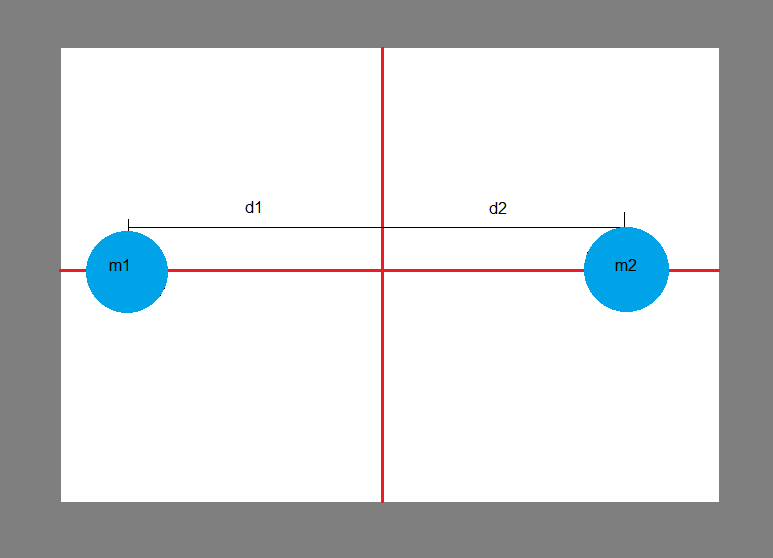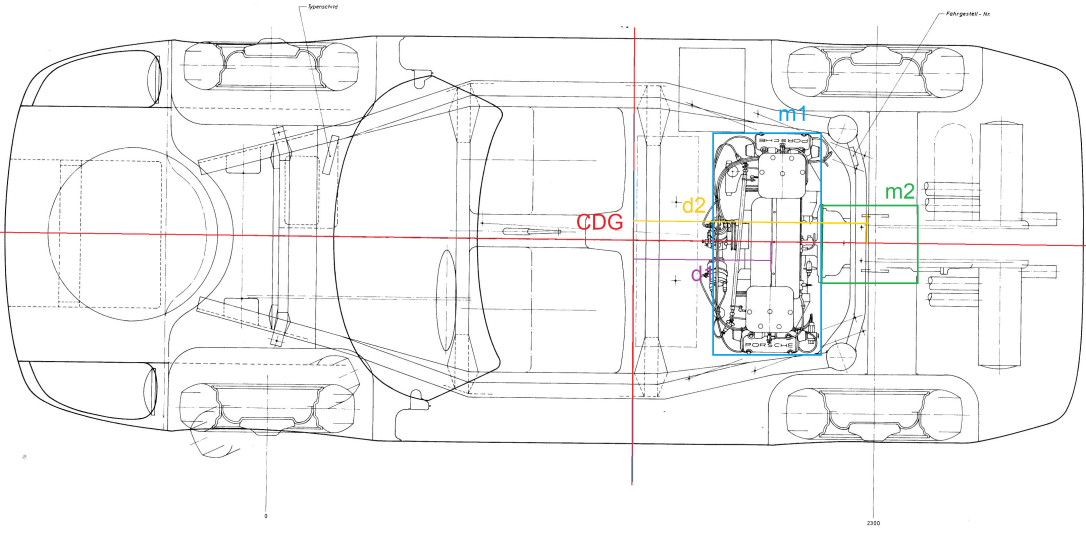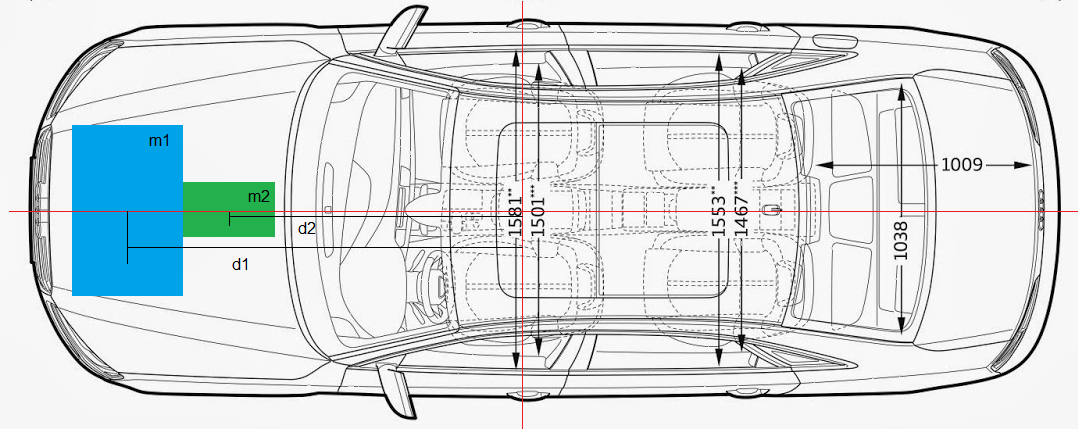Inertia is the resistance of an object to change its rest or motion status. This property is clearly described in Newton’s First Law, which states that an object will remain at rest or in uniform motion in a straight line unless acted upon by an external force.
The polar moment of inertia is the measure of the resistance of an object to rotate around an axis when a pair of forces is applied.
Torsion is a concept widely used in mechanics, it generally expresses the angular displacement of a body subject to a pair of forces. The greater the polar moment of inertia, the less displacement it will suffer.
This concept is very important in chassis design, because it will define its behaviour while describing a curve. Throughout the curve, the car tries to change direction around its center of gravity, and the farther away the poles of inertia are from the center of gravity, the greater the moment of inertia, and therefore its resistance to describe the curve.
In a simplified way, let’s assume that we have a sheet of paper, on which we place two weights (two poles of inertia) and we want to make it turn around an axis, as I show in the image below.

The further away from the axis of rotation the masses are (m1 and m2 in the figure), the harder it is to change their direction.
In automotive engineering we will define the polar moment of inertia of a vehicle as the sum of the polar moments of inertia of each of the poles that are being considered:
ΣM = m1*d1² + … + mn*dn²
From the formula above we see that large masses far from the center of gravity will result in a high polar moment of inertia, whereas if the masses are smaller or closer to the center of gravity, they will result in a low polar moment of inertia.
Let’s see it now applied in a simplified way to the practical cases of two cars with completely different designs. We will only consider the engine and gearbox as poles of inertia, since they are the elements that have the greatest influence on a vehicle. In a real calculation all the elements of the car should be taken into account.
The lengths are calculated from the vehicle’s center of gravity, to the center of gravity of each of the elements.
Let’s assume that the Porsche 904 engine in the example has a total mass of 100kg and its gearbox weighs 50kg. Also assuming that the center of gravity of the engine is 0.4m away from the center of gravity of the car, and that the gearbox is 0.8m.

The calculation result for the Porsche 904 will be:
ΣM = m1*d1² + … + mn*dn² = 100kg *(0’4m)²+50kg*(0’8m)²= 48kgm²
Let’s see now what the same calculation shows in the case of a car with it’s weights far away from the center of gravity, such as an Audi, with it’s engine ahead of the front axle.

Assuming the approximate values are 100kg for the engine mass (the real one would be closer or more than 200kg), 50kg for the gearbox; The engine’s cog is at a distance of 1.5m from the center of gravity and the cog of the gearbox at 0.8m.
ΣM = m1*d1² + … + mn*dn² = 200kg *(1’5m)²+50kg*(0’8m)²= 482kgm²
After this calculation we can see that the polar moment of inertia is 10 times higher in this case, due solely to the position of the engine since the rest of the values are identical in both examples.
This means that we will need to apply 10 times more power to move the engine and gearbox in the Audi than in the Porsche. No other than the tires have the ability to do that, therefore they are suffering 10 times more load.
For this reason the vast majority of racing cars have mid engines and try to ensure that all the masses are as close as possible to the center of gravity, having as a result a very agile vehicle, even though it also means abrupt reactions.
The location of the poles of inertia influences not only the car’s nimbleness, but also the type of reactions it will have. A car will understeer if its masses are mostly in the front and will oversteer otherwise.


d